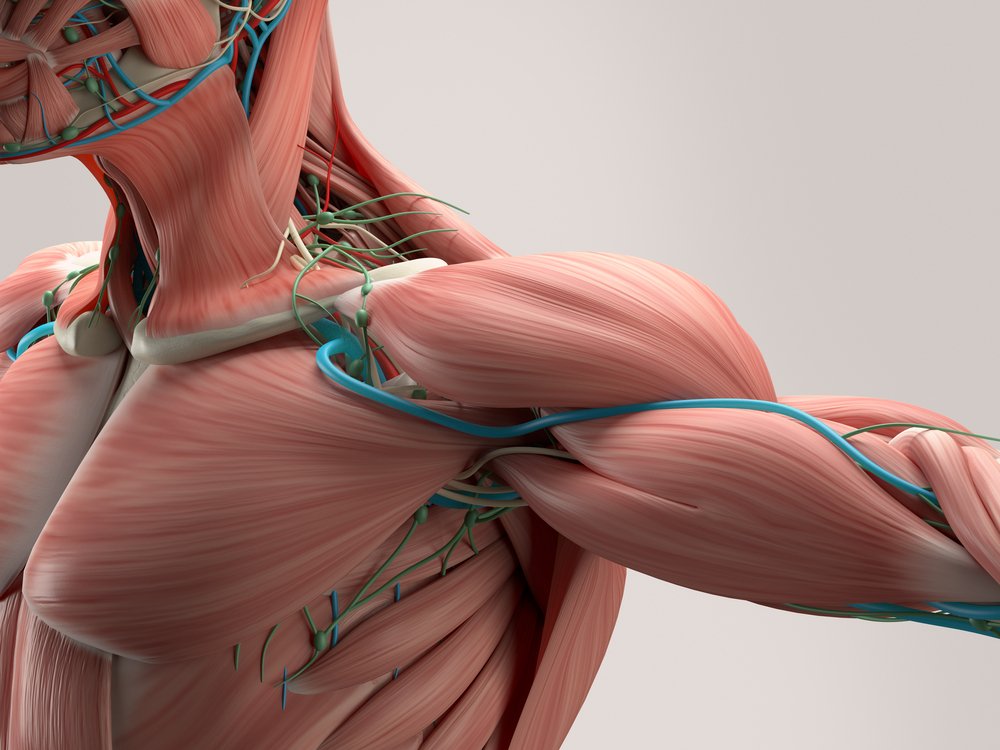Researchers Identify Protein with Crucial Role in Muscle Formation

A small protein called Myomixer plays a crucial role in the development of skeletal muscle, the type of muscles the body uses to move, according to a study that has implications for muscular dystrophy (MD).
The research at the University of Texas Southwestern Medical Center could lead to treatments for the genetic disorders affecting the muscles, including MD.
The study, “Control Of Muscle Formation By The Fusogenic Micropeptide Myomixer,” was published in the journal Science.
Researchers used laboratory techniques that allow them to delete genes to learn that Myomixer is essential to a fetus’ ability to form skeletal muscle. The protein’s expression also coincides with the maturation of muscle cells, they said.
Once fully formed, muscle cells need to fuse together to create muscle fibers — so they can build blocks of muscles. Myomixer is located in cells’ plasma membrane, where it promotes the fusion of muscle cells and associates with another muscle protein, Myomaker.
“The most remarkable finding is that if you express both Myomaker and Myomixer together, they can fuse non-muscle cells,” Eric Olson, one of the study’s author, said in a news release. “For example, skin cells will fuse to each other or to muscle cells very efficiently in the presence of these two proteins. This ability opens the door for possible therapeutic strategies in which cells that have cargo can be fused with any other cell.
“For example, if a muscle fiber is missing a gene, then another cell that carries the missing gene could be fused to the defective cell by Myomaker plus Myomixer to provide the missing gene,” he added.
The field of regenerative medicine may also benefit from the findings. That’s because the discoveries offer insight into the Myomixer/Myomaker duo’s role in repairing injured skeletal muscle.
“The discovery of Myomixer, a micropeptide, provides a key component to our understanding of skeletal muscle formation and regeneration,” said Rhonda Bassel-Duby, another study author.
In 2015, the National Institutes of Health came up with a $7.8 million grant to establish the UT Southwestern Wellstone Muscular Dystrophy Cooperative Research Center, one of six in the United States.
In a related development, the Hamon Charitable Foundation donated $10 million toward the creation of UT Southwestern’s Hamon Center for Regenerative Science and Medicine. Center researchers will investigate the mechanisms underlying tissue and organ formation, with an eye toward making improvements in the regeneration, replacement and repair of injured tissues.






